Scientists have discovered unexpected X and C-shaped structures in the ionosphere. These formations appeared during quiet periods, contradicting previous understanding.
The GOLD mission provided crucial data for these observations. Researchers are struggling to explain the origin and implications of these shapes.
Ionosphere: Earth’s Atmospheric Layer of Radio Signals
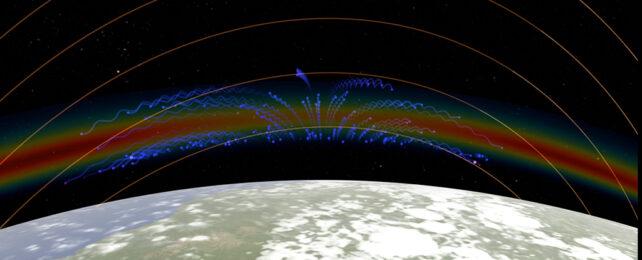
The ionosphere floats 50 to 400 miles above Earth’s surface. It plays a crucial role in facilitating radio communications and navigation.
Satellites orbiting within this layer transmit vital signals daily. Understanding ionospheric dynamics is essential for maintaining global communication systems.
Solar Storms and Terrestrial Events Shape Ionosphere
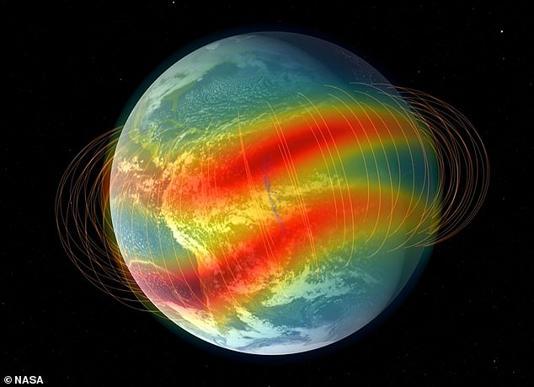
Solar storms can trigger X-shaped crestlike formations in the ionosphere. Volcanic eruptions, like the 2022 Hunga Tonga event, impact this atmospheric layer.
Extreme weather phenomena, including thunderstorms and hurricanes, create pressure waves. These events collectively influence the ionosphere’s plasma composition and behavior.
GOLD Mission Reveals Ionospheric Complexities
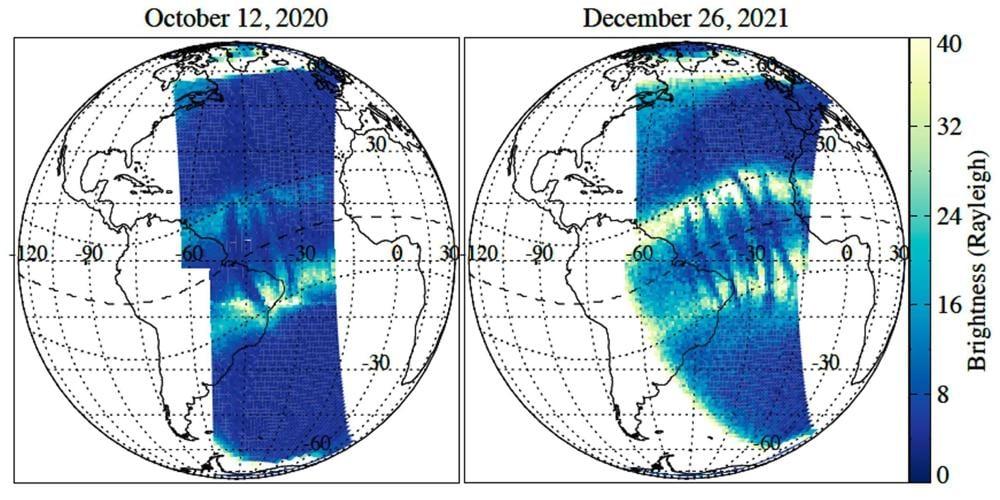
NASA’s GOLD mission provides unprecedented views of the Western Hemisphere’s ionosphere. It captures data during both active and quiet periods.
The mission has revealed unexpected atmospheric variability. GOLD’s observations are challenging existing theories about ionospheric processes.
Nighttime Bubbles: Low-Density Pockets in Plasma
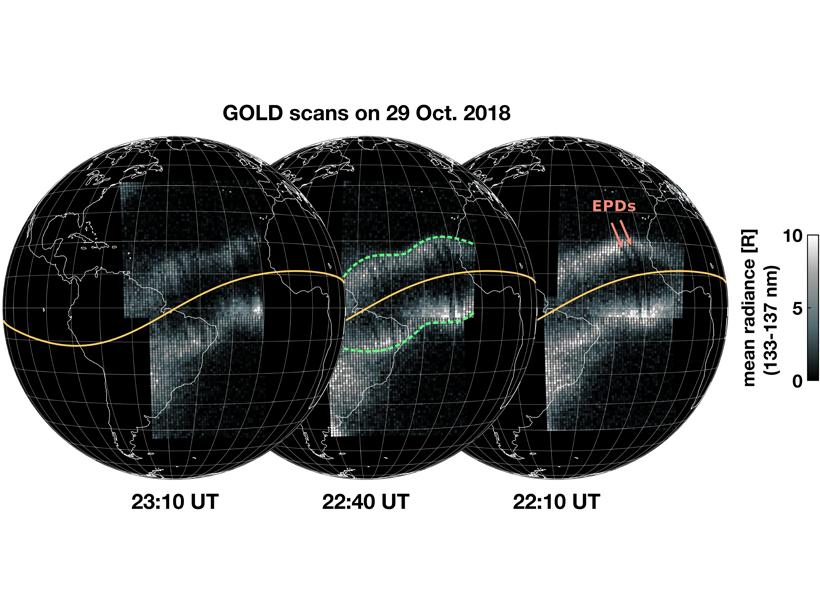
During nighttime, low-density bubbles form in the ionospheric plasma. These bubbles appear when solar radiation weakens.
They can potentially disrupt radio signals passing through the layer. Scientists are studying the formation and effects of these nocturnal phenomena.
C-Shaped Structures: A New Ionospheric Mystery
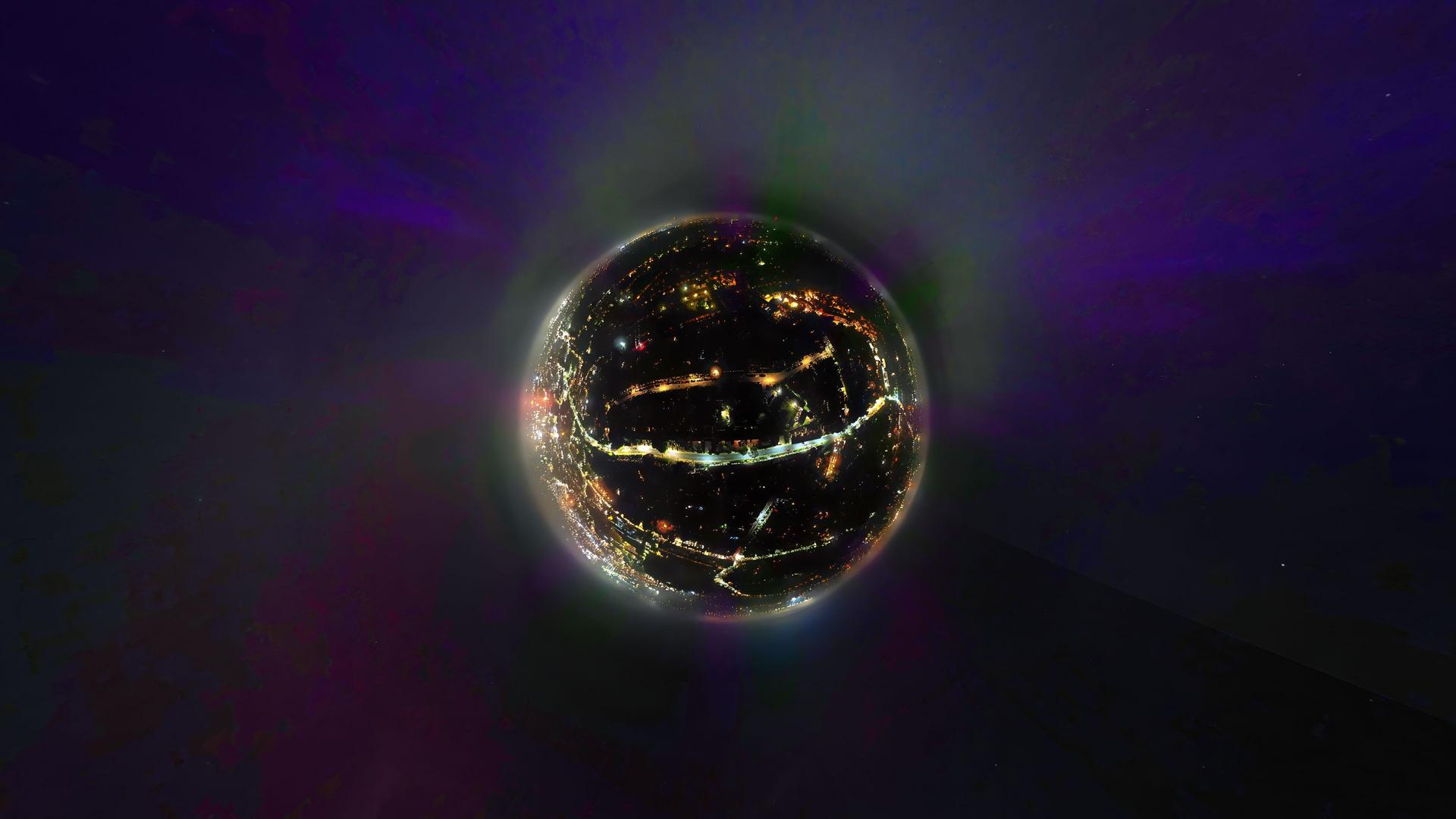
Recently observed C-shaped structures have baffled researchers. These formations were spotted unusually close together, about 400 miles apart.
Their proximity challenges current understanding of ionospheric dynamics. Scientists are working to unravel the mystery behind these unique shapes.
Turbulence and Vortices: Potential Bubble Creators

Tornado-like activity and wind shear may create ionospheric turbulence. These forces could generate changing wind patterns in small areas.
Vortices lasting for hours might resemble lower atmospheric tornadoes. Researchers are exploring how these mechanisms form during “quiet time” periods.
GPS Disruptions: A Consequence of Ionospheric Disturbances
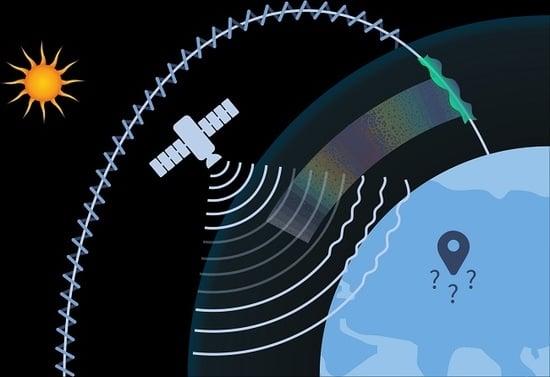
Ionospheric disturbances can severely impact GPS signals. During a May 2023 geomagnetic storm, precision farming equipment experienced disruptions.
Navigation signal loss affects various industries, including shipping and construction. Researchers emphasize the potential life-threatening impacts of sudden GPS failures.
Solar Maximum Approaches: Increased Storm Risk
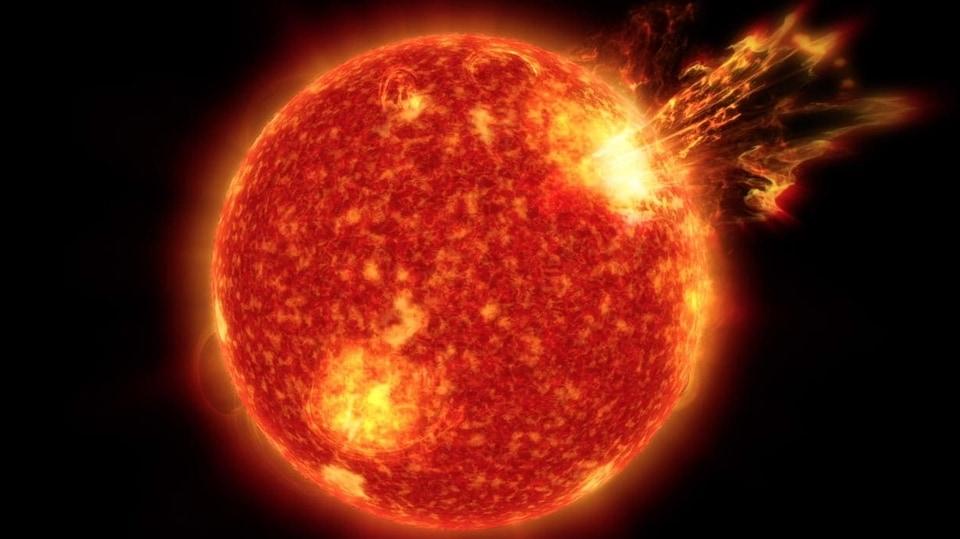
The sun is nearing the peak of its 11-year cycle, called solar maximum. This period could bring more frequent and intense solar storms.
Increased solar activity may alter the ionosphere’s composition. Scientists are studying these changes to better protect satellites and ground-based systems.
Future of Ionospheric Research and Prediction
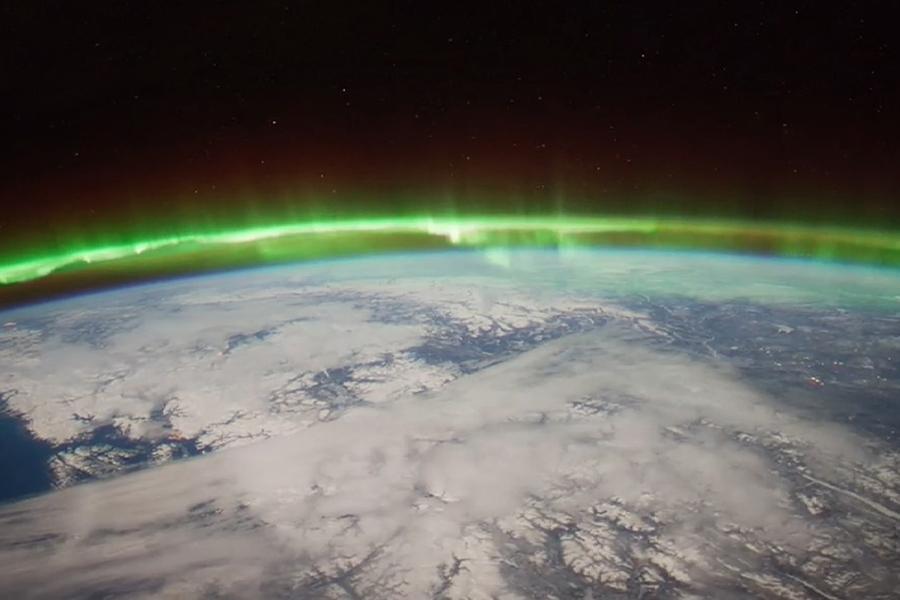
Researchers aim to develop advanced space weather forecasting systems. Predicting ionospheric dynamics could prevent GPS signal loss and satellite collisions.
GOLD and future missions will enhance understanding of X and C features. Improved forecasting may mitigate disruptions to vital communication and navigation systems.


